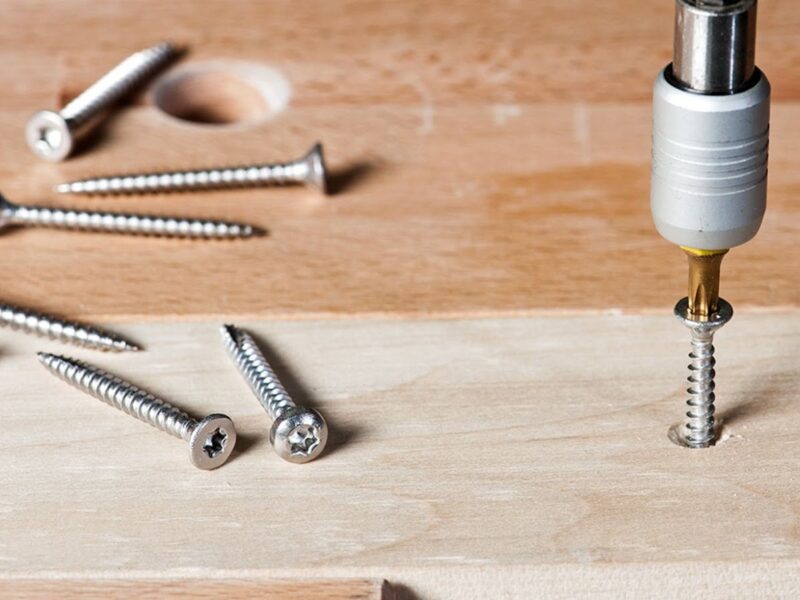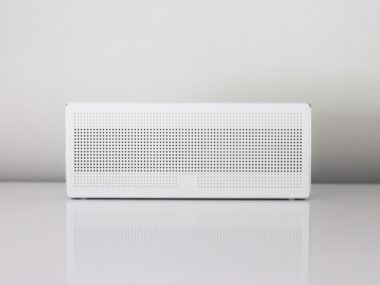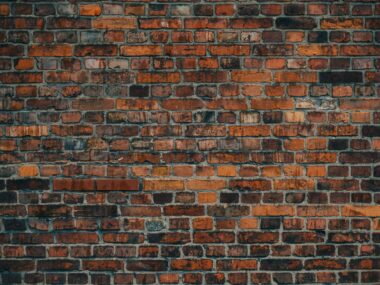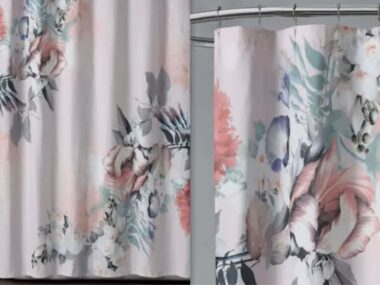Choosing the right screw for your project can be a daunting task, but it is important to choose the right one to ensure a successful outcome. There are many different types of screws available on the market, and each has its own specific purpose.In this article, we will help you choose the right screw for your project by discussing the different types of screws and their applications.
Different types of screws
There are four main types of screws: wood screws, metal screws, machine screws, and self-tapping screws. Wood screws are the most common type of screw and are used for a variety of applications. They are available in a variety of sizes, head styles, and materials. Metal screws are used for applications where strength and durability are important. They are available in a variety of sizes, head styles, and materials.
Machine screws are used for applications where precise alignment is important. They are available in a variety of sizes, head styles, and materials. Self-tapping screws are used for applications where a tight, secure fit is required. They are available in a variety of sizes, head styles, and materials.
How to identify the right screw for your project
There are a few things you need to consider when choosing the right screw for your project. First, you need to determine the type of material you will be screwing into. Second, you need to determine the size of the hole you will be screwing into. Third, you need to determine the length of the screw you need. Fourth, you need to determine the head style of the screw you need. Fifth, you need to determine the material of the screw you need.
When choosing a screw, it is important to make sure that the screw is compatible with the material you will be using it on. If you are working with wood, you will want to choose a screw that is specifically designed for wood. The same is true for metal, plastic, and other materials.
What size screw for 1 2 drywall
There is no definitive answer to this question as the size of screw you will need will depend on a few factors, such as the thickness of the drywall and the type of wall you are attaching the drywall to.
Generally speaking, however, you will need a 1/2 inch screw for attaching drywall to wood studs or metal furring strips. For attaching drywall to masonry walls, you will need a 3/4 inch screw.
Tips for using screws safely and efficiently
When using screws, it is important to follow all safety precautions. Always wear eye protection when working with screws. When driving a screw into a hard surface, always use a pilot hole. This will help to prevent the screw from splitting the material. It is also important to make sure that the screw is driven in straight. If the screw is driven at an angle, it can strip the threads and cause the screw to become loose.
When removing a screw, always use the proper size screwdriver. Do not use a screwdriver that is too big or too small for the screw you are trying to remove. This can damage the screw and make it difficult to remove.






